
Beliefs, often subtly woven into the fabric of our consciousness, are powerful catalysts that shape our life outcomes. These deep-seated convictions, whether fostered by experiences or absorbed from our surroundings, act as the lenses through which we perceive the world, influencing our decisions, behaviors, and overall life trajectory.
While some beliefs fuel our aspirations and inspire growth, others can be restrictive, casting shadows of doubt and limiting our potential. Our self-perception, intricately linked to these beliefs, is a determining force in our journey through life.
When we view ourselves through a lens of positivity and potential, we are propelled forward, breaking barriers and achieving milestones. Conversely, a negative self-image, clouded by limiting beliefs, can act as an anchor, holding us back from realizing our true potential and aspirations.
Recognizing the profound influence of these beliefs and our self-perception is the first step towards harnessing their power for a purposeful and fulfilling life.
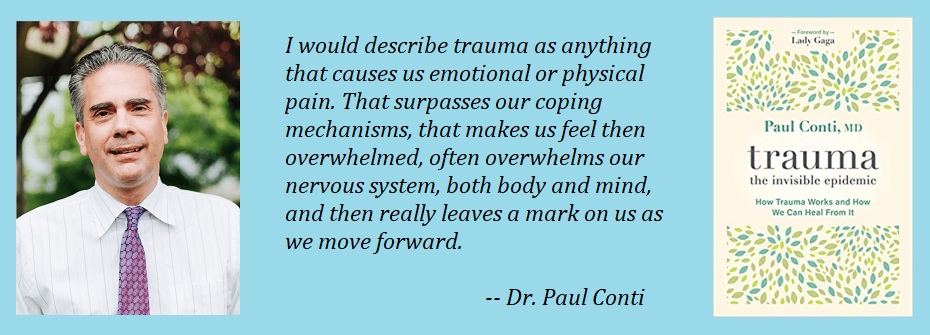
How Are Negative Beliefs Formed?
Negative thoughts and limiting beliefs often function as unhealthy defense mechanisms of the subconscious mind, entering our psyche to shield us from the perceived threats of failure, rejection, and inadequacy.
Ironically, while these mental patterns may offer temporary relief from vulnerability and disappointment, they simultaneously erect barriers that hinder our potential and inhibit our personal growth.
Rooted deeply in our fears and insecurities, these limiting beliefs manifest as self-sabotaging scripts, convincing us that we are not good enough, that success is out of reach, or that vulnerability will invariably lead to hurt.
This mental fortress, while seemingly protective, is a suppressor of our true capabilities and prevents us from seeing the multitude of possibilities that lie just beyond its walls.
As discussed by Dr. Andrew Huberman and Paul Conti on the Huberman Lab Podcast, this unhealthy defensive paradigm discourages risk-taking and stifles innovation, thereby hindering both personal and professional development.
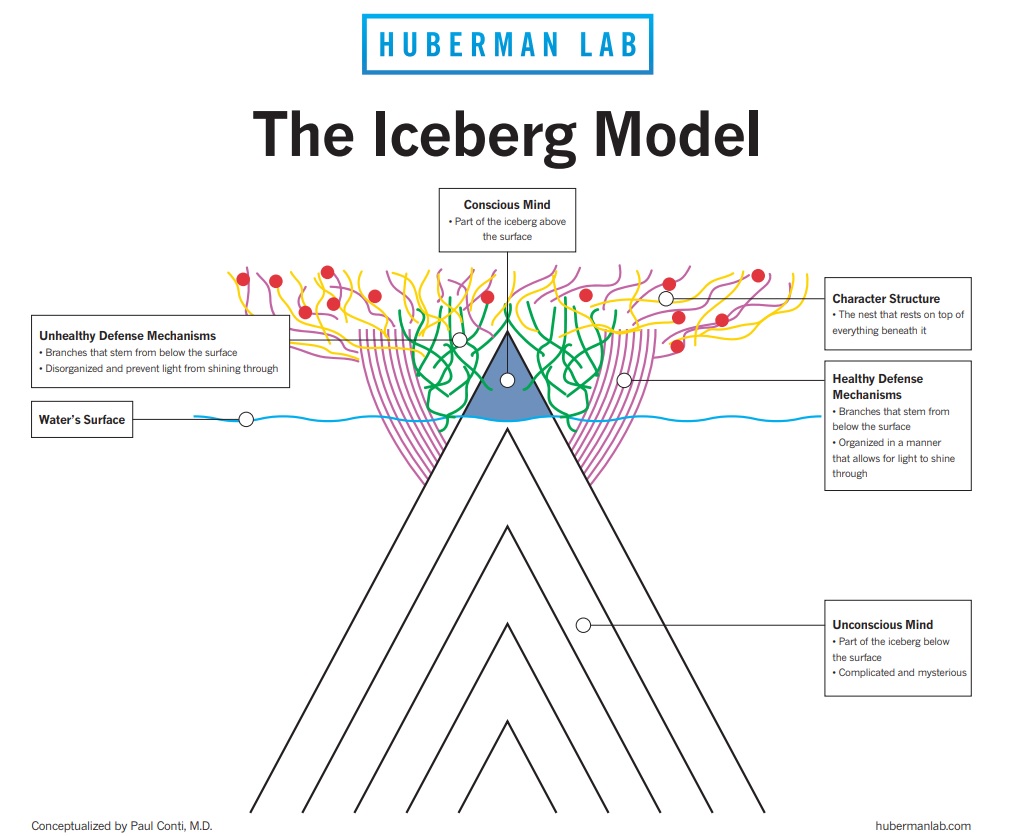
The Challenge of Altering Deeply Ingrained Patterns
Changing long-held beliefs is like uprooting mature trees: the deeper the roots, the greater the effort required. Our beliefs, especially those fostered over a lifetime, come fortified with layers of experiences, emotions, and reaffirmations. Any endeavor to challenge or modify them is naturally met with internal skepticism, reluctance, and even denial. This internal resistance can be powerful, causing many to abandon their efforts prematurely.
However, altering these patterns is not an impossible feat. Much like any journey of transformation, the keys lie in patience, persistence, and consistency. Just as a stream, with gentle but relentless flow, can reshape mountains, so can consistent efforts lead to a shift in one’s core beliefs.
Patience allows us to grant ourselves the time needed for transformation, understanding that deep-rooted changes are seldom immediate. Persistence ensures that we remain undeterred by initial setbacks, and consistency ensures that our efforts, no matter how small on any given day, cumulatively lead to significant change over time.
Recognizing Negative or Limiting Beliefs
1. Self-reflection: Consistently carving out moments for introspection allows us to discern recurring themes and patterns in our thoughts. Both journaling and meditation stand as powerful allies in this journey of self-discovery. If you’re new to these practices or looking for deeper insights, I’ve delved into easy-to-follow guides on both topics in prior articles. Dive into them here: journaling and meditation.
2. Feedback from Trusted Confidants: An outside perspective can offer invaluable insights. Engage with a trusted confidant, ideally, someone who can remain objective, minimizing the influence of personal biases or vested interests, to illuminate beliefs that might have eluded your self-awareness.
3. Identifying Triggers: Recognizing situations, people, or environments that create predispositions and elicit negative thought patterns can be instrumental in pinpointing underlying beliefs.
4. Questioning the Origin: Tracing back the root of these beliefs can help identify whether they stem from past experiences, societal norms, familial teachings, or perhaps biological traits that have existed since very young.
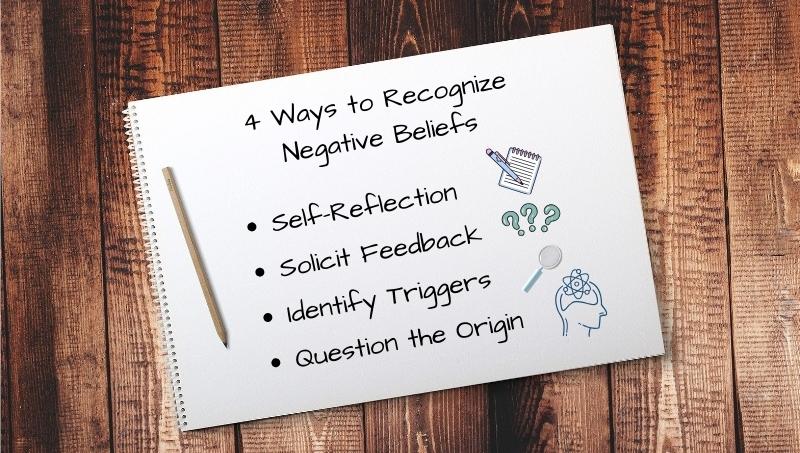
Life coaches can play an indispensable role in helping us bring unconscious self-defense mechanisms to the surface. Their role is not merely to observe but to reflect back in a manner that facilitates deeper self-awareness and growth.
For the readers interested in exploring the impact of life coaching, I offer a complimentary trial session with me here, with no obligations attached.
Understanding Cognitive and Emotional Processes
1. Cognitive Awareness: It’s vital to discern the difference between facts and beliefs. Just because we believe something doesn’t make it an absolute truth. Cognitive Behavioral Therapy (CBT) techniques often used in modern life coaching can be especially effective here.
2. Emotional Intelligence: Cultivating an understanding of our emotional responses allows us to identify when we’re automatically reacting based on outdated or unhelpful beliefs.
3. Mindfulness Practices: Staying present and observing our thoughts without judgment can offer insights into our cognitive patterns and emotional reactions.
By recognizing and then delving deep into our cognitive and emotional processes, we not only uncover the limiting beliefs that tether us but also pave the way for transformative change. It’s a journey of replacing outdated scripts with empowering narratives, enabling us to lead a life in alignment with our true potential and desires.
Viewing Limitations as Opportunities for Growth
Through the lens of life coaching, limitations aren’t roadblocks; they’re signposts pointing us towards areas of potential growth. They represent uncharted territory, inviting us to delve deeper into the vastness of our inner self.
Catalysts for Self-Awareness:
- Highlighting Blind Spots: Limitations often shine a light on aspects of ourselves that we might have overlooked or ignored. They put us into a corner where introspection and asking “What makes this limitation?” become inevitable.
- Discovering Core Values: At times, our limitations arise from conflicts between our actions and core values. Recognizing these discrepancies allows us to realign our actions with what truly matters to us.
Instruments of Transformation:
- Stretching Beyond Comfort: Limitations push us to the edge of our comfort zones. By embracing them, we expose ourselves to new experiences, perspectives, and learnings.
- Reframing Challenges: Life coaching emphasizes the power of perspective. Instead of seeing a limitation as a permanent hindrance, we’re taught to view it as a temporary challenge that can be overcome with the right mindset and strategies.
- Setting New Benchmarks: Every limitation we overcome becomes a testament to our growth, allowing us to create new pathways of behavior that we can strengthen and improve over time.
In the grand narrative of personal development, limitations are not endpoints but rather starting lines. They offer us a unique vantage point to evaluate our current state, envision a more aligned future, and set forth on a journey of self-discovery and transformation. With the guidance of life coaching, we learn to embrace these limitations, not as crippling constraints, but as enlightening opportunities for growth.
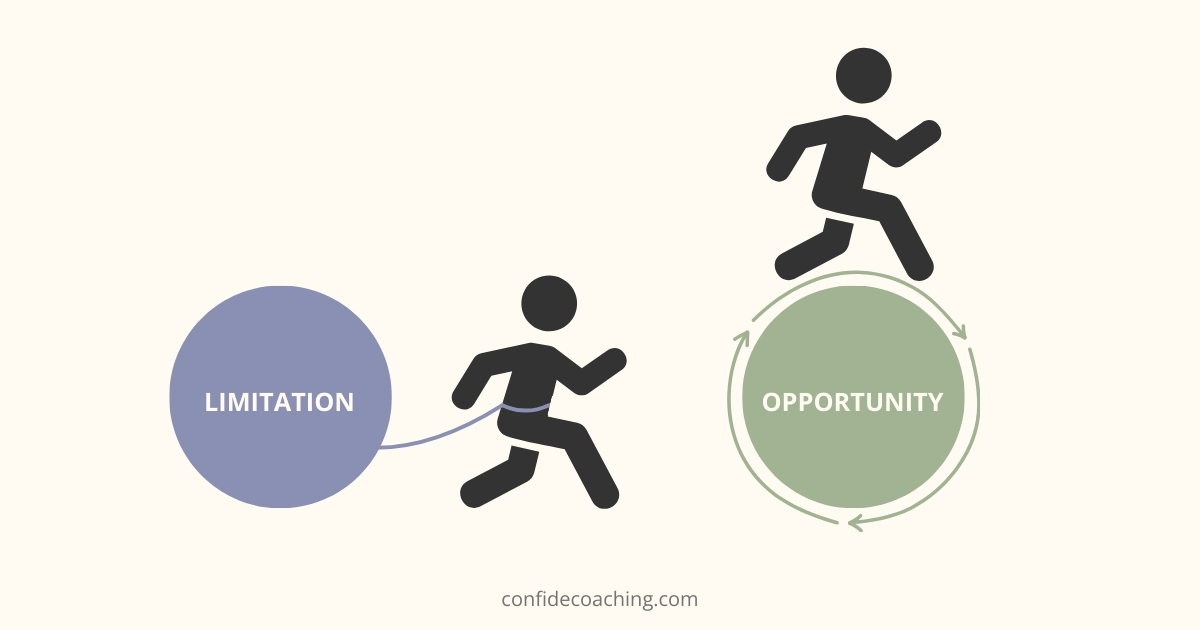
Strategies for Overcoming Negative Beliefs and Negative Self-Talk
Cognitive Restructuring: Rooted in Cognitive Behavioral Therapy (CBT), this technique involves identifying and disputing negative beliefs and the consequential negative self-talk spawned from the belief. By actively questioning these harmful thoughts and beliefs, we can unravel their grip on us. It is not always necessary to replace it with something positive. Undoing the negative is typically enough. Here is an example of how this process looks in action:
- Identify the Negative Belief
-
- Acknowledge the initial, potentially irrational, negative thought.
- Example: “I always fail.”
- Challenge the Belief
-
- Question its accuracy and generalization.
- Ask yourself if it’s always true and if it defines you completely.
- Example: “Is it really true that I always fail? Have there been times I’ve succeeded?”
- Gather Counter-Evidence
-
- List instances or examples that disprove the negative belief/self-talk.
- Recall times when the opposite of the belief was true.
- Example: “Last month, I successfully completed a major project. Three months ago, I was complimented for my innovative idea.”
- Reframe the Thought
-
- Alter the negative belief into a more balanced, positive one.
- Ensure the new thought is realistic and based on factual instances.
- Example: “While I might have faced challenges recently, it’s not true that I always fail. There have been successes in my journey, and they are as significant.”
- Formulate a Forward Plan
-
- Develop strategies to manage or avoid repeating the mistake or issue.
- Consider how you’ll approach similar challenges positively in the future.
- Example: “I’ll seek feedback earlier in the process for my next project and perhaps enroll in a skill-enhancing workshop to ensure better outcomes.”
Building New, Positive Neural Pathways
Neuroplasticity: Our brain’s ability to reorganize itself by forming new neural connections is known as neuroplasticity.
Consistently identifying and challenging our negative thoughts and swapping them with healthier ones helps change the brain’s pathways.
- Example of Negative Thought: “Either I am successful in all areas of my life, or I am a complete failure.”
- Shift to Healthier Thinking: Replace with: “Success in life comes in many forms. I can have setbacks in some areas but still be valuable and successful in others. Every experience, good or bad, helps me grow.”
Over time, this regular practice helps build more positive, supportive pathways in our brains. This boosts our mental well-being and resilience, helping us navigate life’s ups and downs more effectively.
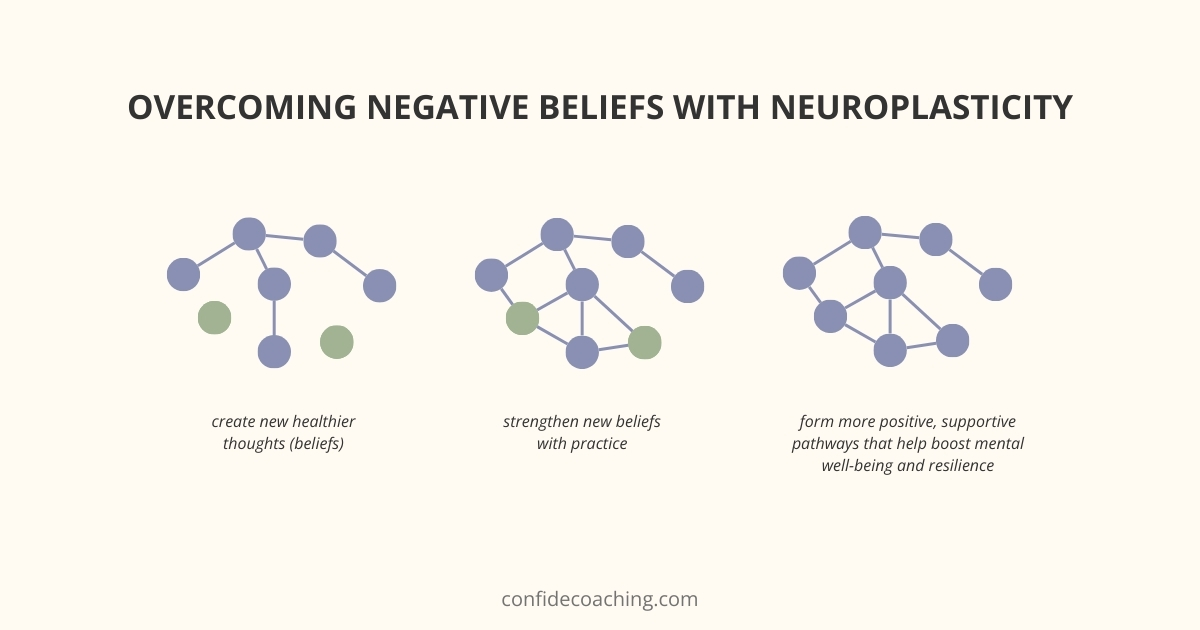
Practice Makes Permanent: Just as muscles grow stronger with consistent exercise, the more we practice identifying and challenging our negative beliefs, the stronger our healthier defense mechanisms become. Over time, these new pathways can become our brain’s default mode of operation.
Engage in Novel Experiences: Trying new activities or learning new skills can help in creating and strengthening positive neural connections, further solidifying our capacity to challenge negative beliefs.
Take Home Message on Negative Beliefs
Navigating the path toward improving ourselves means we need to bravely look at and question our deep-rooted negative beliefs and internal narratives. It’s essential to be honest here: making such changes isn’t going to be a walk in the park.
Think of it like learning to ride a bike. At first, you might wobble, perhaps even fall, grappling with maintaining balance and steering the right way. It’s the same with reshaping our thinking and behavior patterns – it can get a bit wobbly! Sometimes, we’ll find ourselves frustrated or disappointed as we bump into mental roadblocks or take a few tumbles along the way.
Just like muscle aches after a new exercise, these mental ‘aches’ and challenges are part of growing and strengthening our mental muscles. It’s how we learn and build new, healthier ways of thinking. So, although it’s tough, working through these challenging domains slowly helps us build a mindset that uplifts us, rather than pulling us down.
Through the ups and downs of this journey, we gradually create a new, supportive way of thinking, showcasing our incredible ability to evolve and step into better versions of ourselves. This, in all its layered experiences, becomes our beautiful journey toward personal growth, showcasing our continual climb toward being our best selves.

Paul Strobl, MBA, CPC
Owner of Confide Coaching, LLC
Paul is a Master Life Coach for GenX and GenY executives and business owners. Originally from Houston, Texas, he has been location independent for most of his adult life. He currently resides in the Rhodope Mountains of Bulgaria near the Greek border with his brilliant wife, 14-year-old stepson (officially adopted in 2021!) and a Posavac Hound rescue.
References
Huberman Lab. (2023). The Iceberg Model [Image]. Webflow. https://global-uploads.webflow.com/64416928859cbdd1716d79ce/650e461c150f33388c0e8215_The-Iceberg-Model.pdf
Huberman, A. (Host). (2023, September 6). Guest Series | Dr. Paul Conti: How to Understand & Assess Your Mental Health [Audio podcast episode]. In Huberman Lab. https://www.hubermanlab.com/episode/guest-series-dr-paul-conti-how-to-understand-and-assess-your-mental-health

